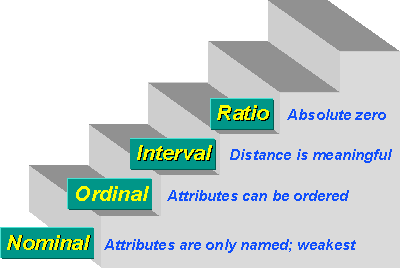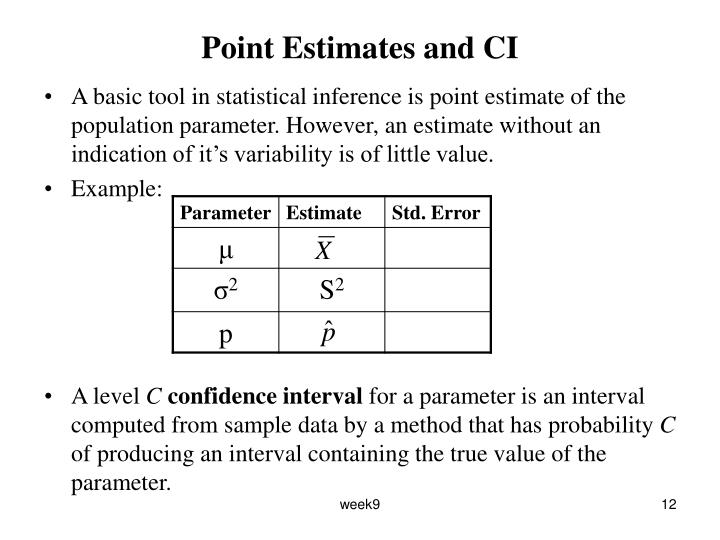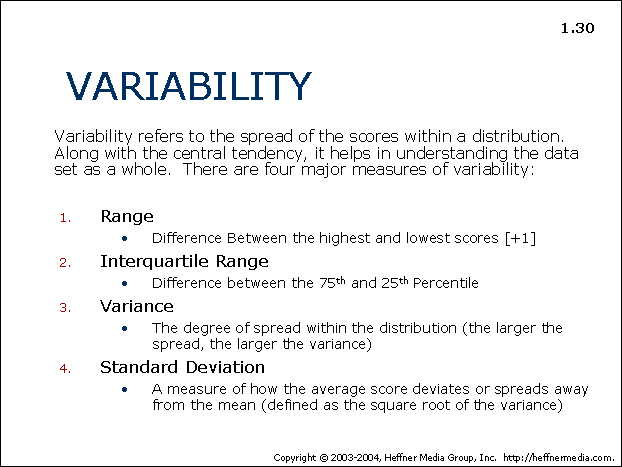

Participants (or units) assigned to the arm or comparison group and in the entire study population (total),Ī brief description of the reason(s) for the difference such as how the analysis population was determined.ĭefinition: A description of each baseline or demographic characteristic measured in the clinical study. In particular, it holds for data that follow a Normal distribution.Overall Number of Baseline Participants *ĭefinition: Number of all participants for whom baseline characteristics were measured, in each arm/groupĪnd in the entire study population (total).ĭefinition: If the analysis is based on a unit other than participants, the number of all units for whichīaseline measures were measured and analyzed, in each arm/group and in the entire study population (total).ĭefinition: If the analysis is based on a unit other than participants, a description of the unit of analysis (for example, eyes, lesions, implants).īaseline Analysis Population Description ĭefinition: If the Overall Number of Baseline Participants (or units) differs from the number of

It holds for a large number of measurements commonly made in medicine. It is this characteristic of the standard deviation which makes it so useful. It turns out in many situations that about 95% of observations will be within two standard deviations of the mean, known as a reference interval. Table 1 Calculation of the mean squared deviationįrom the results calculated thus far, we can determine the variance and standard deviation, as follows: A moment's thought should convince one that n-1 lengths of wire are required to link n telegraph poles. How much wire would one need to link them? As with variation, here we are not interested in where the telegraph poles are, but simply how far apart they are.

An intuitive way of looking at this is to suppose one had n telephone poles each 100 meters apart. It can be shown that it is better to divide by the degrees of freedom, which is n minus the number of estimated parameters, in this case n-1. This is because we are using the estimated mean in the calculation and we should really be using the true population mean. Common-sense would suggest dividing by n, but it turns out that this actually gives an estimate of the population variance, which is too small. We need to find the average squared deviation. These values are then summed to get a value of 0.50 kg 2. A convenient method for removing the negative signs is squaring the deviations, which is given in the next column. This will always be the case: the positive deviations from the mean cancel the negative ones. We subtract this from each of the observations. The calculations required to determine the sum of the squared differences from the mean are given in Table 1, below. The standard deviation is vulnerable to outliers, so if the 2.1 was replace by 21 in Example 3 we would get a very different result.Įxample 3 Calculation of the standard deviationĬonsider the data from example 1. The calculation of the standard deviation is described in Example 3. In this way, s reflects the variability in the data. If the x's were widely scattered about, then s would be large.

= x n), then they would equal the mean, and so s would be zero. Examining this expression it can be seen that if all the observations were the same (i.e. The variance is expressed in square units, so we take the square root to return to the original units, which gives the standard deviation, s. This expression is known as the sample variance ( s 2). Next add each of the n squared differences. The expression ∑(x i - ) 2 is interpreted as: from each individual observation (x i) subtract the mean ( ), then square this difference. The (arithmetic) mean, or average, of n observations (pronounced “x bar”) is simply the sum of the observations divided by the number of observations thus: Measures of location describe the central tendency of the data. Statistics: Measures of location and dispersion Measures of Location and Dispersion and their appropriate uses


 0 kommentar(er)
0 kommentar(er)
